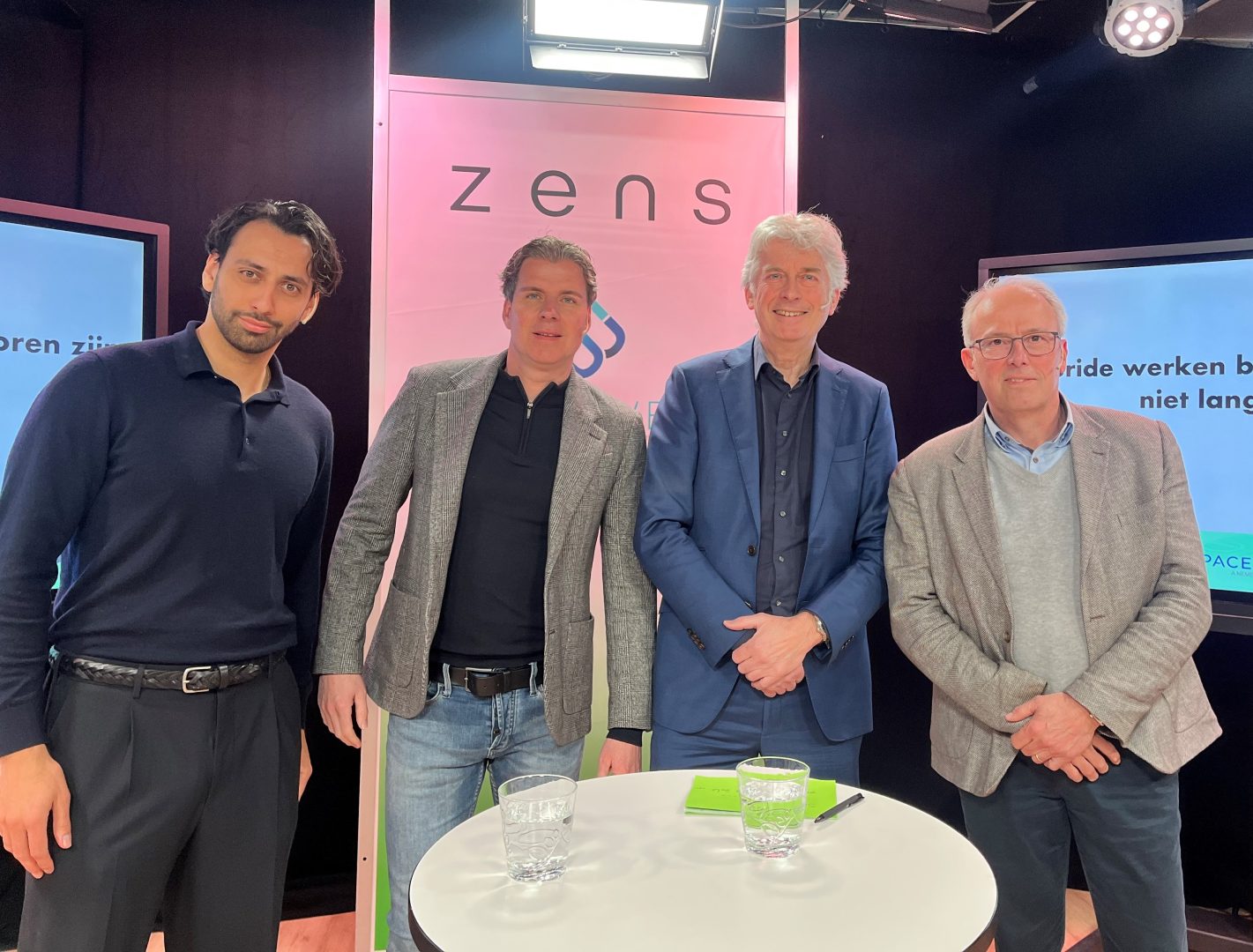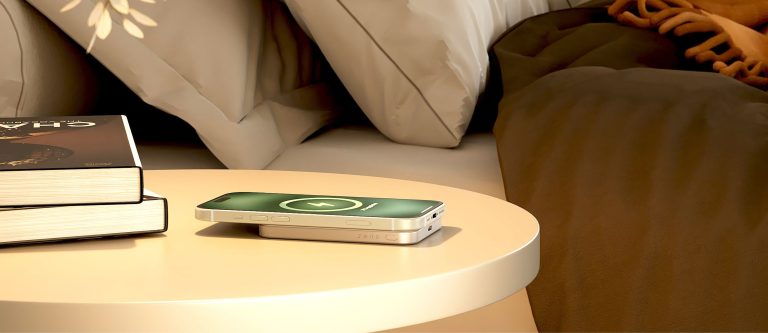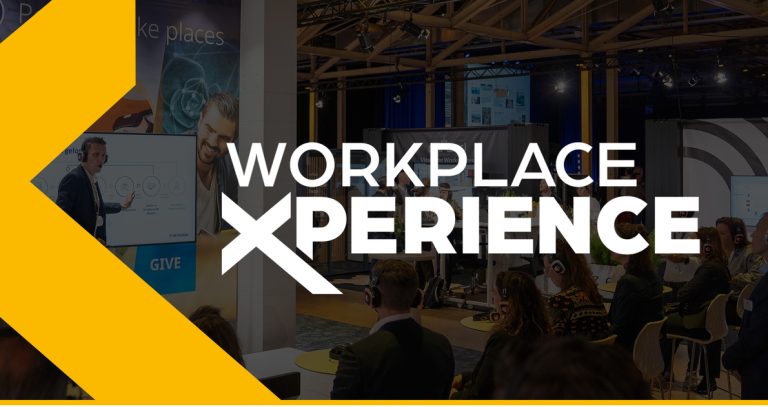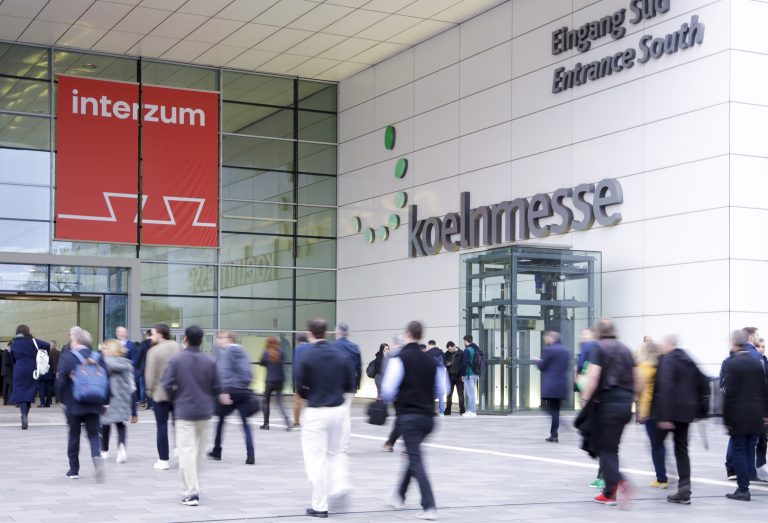The office is not dead, it is changing
Hybrid working is no longer a trend. It is the standard. But that does not mean that the office is redundant. On the contrary.
‘The office remains important,’ says Erik Plasmans on behalf of Zens. ’For collaboration, spontaneous ideas, creativity. It is difficult to replicate that at home.’
At Zens, we also see this need among our customers. In sectors such as manufacturing, a physical presence is still often a given. In other sectors, organisations are looking for flexibility. But one thing is important everywhere: the office must add value.
‘It is also a social place,’ adds Omar van der Hulst (Spacewell). ’People come there to connect, but also to be productive.’ So the question is not whether the office is necessary, but how to organise it properly.
Data makes the workplace smarter
A smart workplace starts with measuring. Not to control, but to understand.
‘Data helps to test gut feelings,’ says Erik. ’Sometimes a room feels busy, but it turns out that it is only 20% occupied.’
With Zens sensors, organisations gain insight into the actual use of spaces. And more importantly, where there is room for improvement.
Practical examples:
- Large meeting rooms are booked for solo video calls
- Sales staff often need phone booths rather than desks
- Some employees consciously choose the same place over and over again – for reasons of focus or sensitivity to stimuli
Data makes that visible and that helps
Technology should support people
We develop technology to make work easier, not more complicated or more distant. ‘You can only optimise if you first understand what is happening,’ says Alfo Mulder (Vodafone Business). ‘But technology should always be supportive. People remain the starting point.’
That is why we measure anonymously.
‘We do it for the employees, and yet our sensors know nothing about them,’ explains Erik. ’They only measure presence – like a lamp that turns on when you walk in.’
But even anonymous technology requires trust.
‘If you see something hanging under your desk, it raises questions,’ says Omar. ’That is why communication is essential. Tell people what you are measuring, why you are doing it and what the benefits are.’
Start small, learn and scale up
A smart workplace does not happen overnight. A pilot is often the right place to start.
‘With clients such as PWC, we see how you can quickly create value without heavy IT processes,’ says Erik. ’For IT and Facility, but especially for employees.’
What works:
- Start with one department, floor or building
- Combine measuring with visible improvements (such as wireless charging)
- Collect data and feedback
- Use the insights to build on
A smart workplace is not a final solution. It is an evolution.
AI reinforces, but does not replace
AI offers new opportunities for smarter choices. ‘AI can recognise patterns and reserve workplaces automatically,’ explains Omar. ‘That saves time and increases utilisation.’ At Zens, we are also investigating how we can use AI, not to replace people, but to help them. Quickly, intuitively and responsibly.
A shared responsibility
You don’t develop a smart workplace from one department. It affects everyone:
HR, IT, Facility, Real Estate, and management.
Because it’s all about:
- Better productivity
- Satisfied employees
- Less square metres
- More appeal for new talent
‘If you do it right,’ says Erik, ’you reduce costs and improve the workplace at the same time.’
Technology that just works
At Zens, we design technology that feels intuitive. From sensors to wireless charging: it should be effortless. A smart workplace does just that: it works for people. With space to focus and connect.
Watch webinar here:





